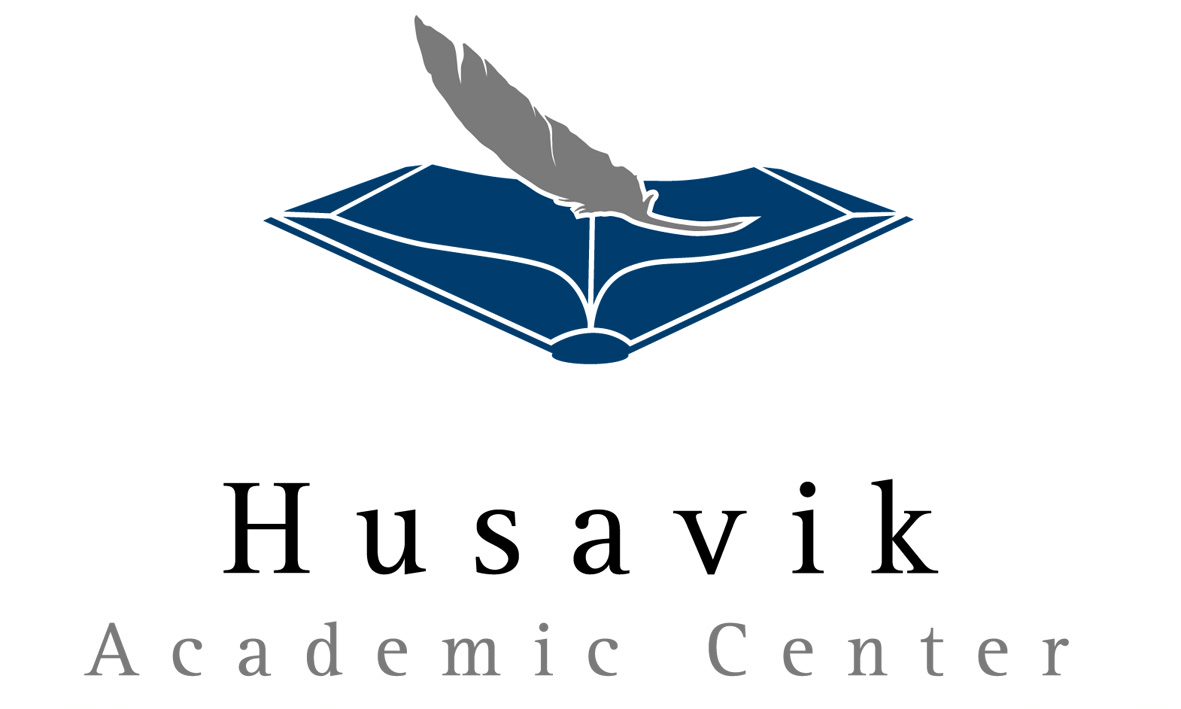Contents
The equestrian ritual consists of a series of events in which the horse is the protagonist. It involves, for example, dressing the horses in beautiful cloaks richly embroidered in silk and gold thread.
Various parades are then held, showcasing the horses and the cloaks through the streets, accompanied by four horse handlers on foot followed by the entire town. Then a race against the clock up the hill to the castle is held, with the horses running with four handlers up to the fortress, where prizes are awarded for the race and for the embroidered cloaks. Knowledge and techniques relating to caring for, breeding, harnessing and handling the horses are transmitted within families and groups, and the embroidery techniques are learned in workshops and embroidery families.
The House-Museum of Wine horses in Jerez de la Frontera presents through various rooms and audiovisuals, the roots and the present of a celebration that is currently a candidate for Intangible Cultural Heritage of Humanity is transmitted and disseminated.
Bibliography







